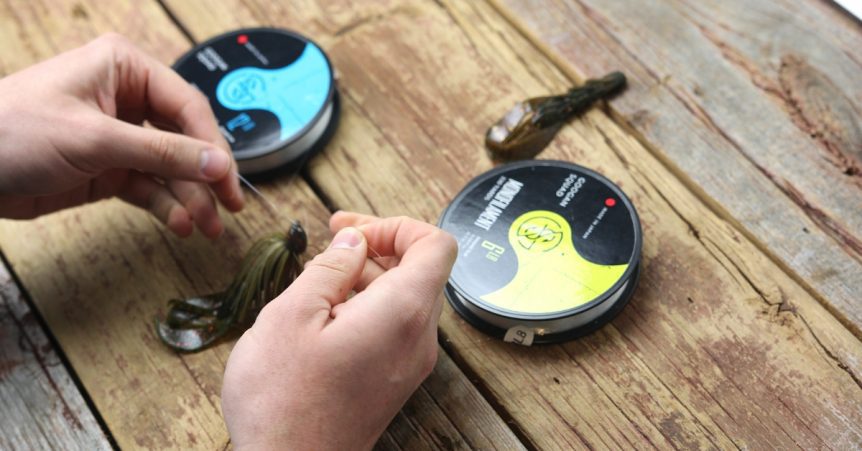3 Fishing Knots Every Angler Needs To Know
The critical link to catching fish is the knot that binds your line and lure. Expensive gear and superior line are worthless if you can’t tie a strong knot. Line can be tied to a hook a lot of different ways, but the average angler only needs to learn a handful of knots for most techniques.
Here are three basic knots every angler needs to know how to tie.
Improved Clinch Knot

This is the most widely used and easiest knot to tie line onto a hook or lure.
The knot can be tied in four easy steps:
- Thread about 8 inches of line through the hook eye.
- Double the line against itself and twist six times.
- Thread the end of the tag line through the loop formed above the hook eye and then through the larger loop you just created.
- Moisten and pull the tag and main line so the coiled line tightens down on the hook eye.
The Palomar Knot

This highly efficient knot works best for securing super lines and braid to a hook.
- The first step in tying this knot is to double the line and form a 3- to 4-inch loop, which you pass through the hook eye.
- Tie an overhand knot in the doubled line and pass the hook through the loop of the doubled line.
- The last step requires pulling the tag line and the main line evenly to clinch the knot.
The Alberto knot

This is a great knot for tying two lines together such as linking fluorocarbon and braided lines.
- Make a loop with the fluorocarbon leader and hold it between your thumb and forefinger.
- Insert the braided line through the loop and wrap it around the loop at least six times.
- Switch hands and wrap the braid back towards the entry point of the loop with the same amount of loops as you used in Step 2. Pass the braid back out of the loop in the same direction as you started.
- Wet and hold all four lines at the same time and slowly push the braided wraps to the middle of the leader loop. Make sure none of the braid loops roll on top or over the other braid loops. Snug the knot and snip the tag lines of the fluorocarbon and braid.


